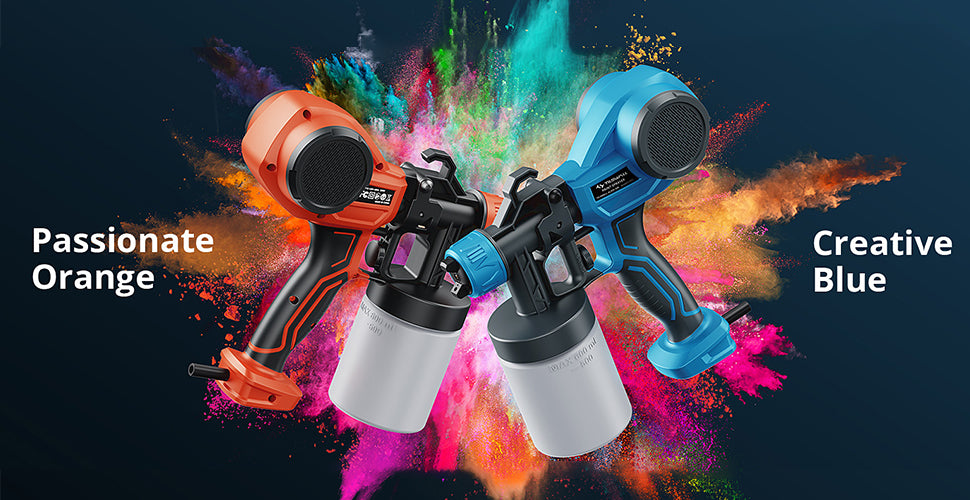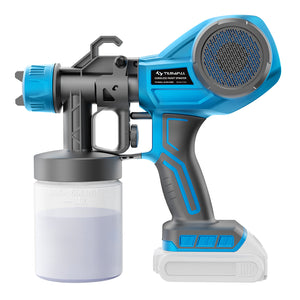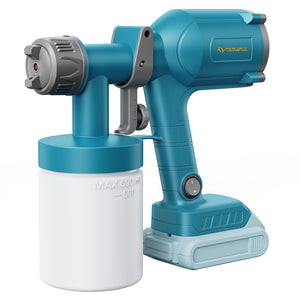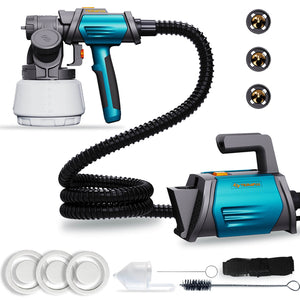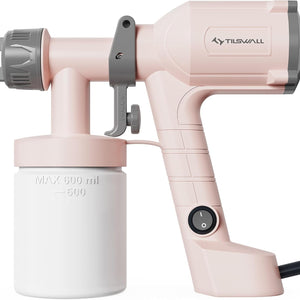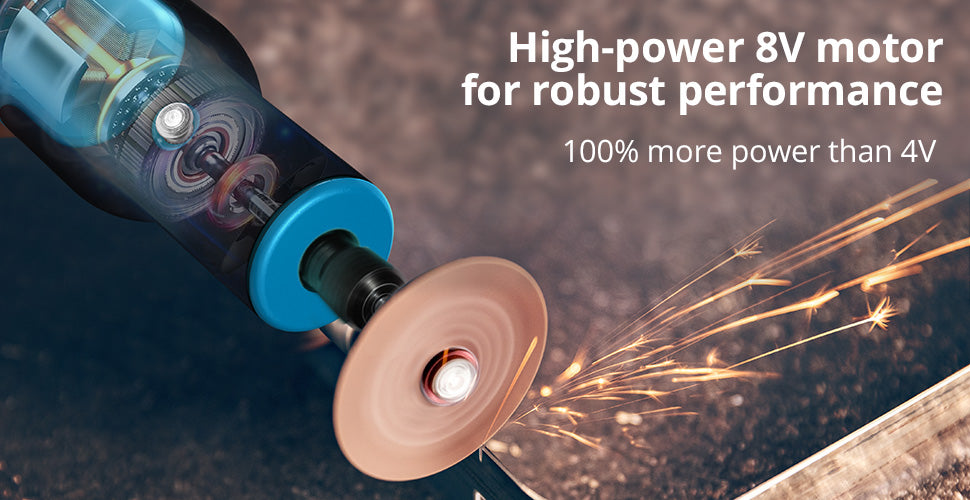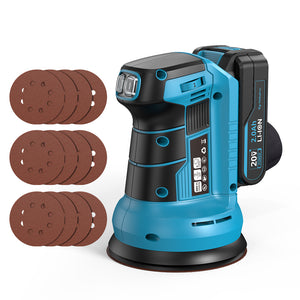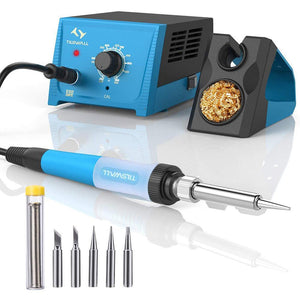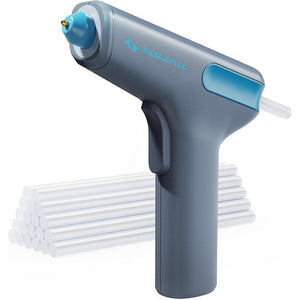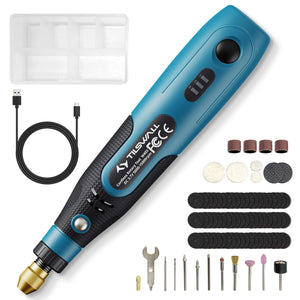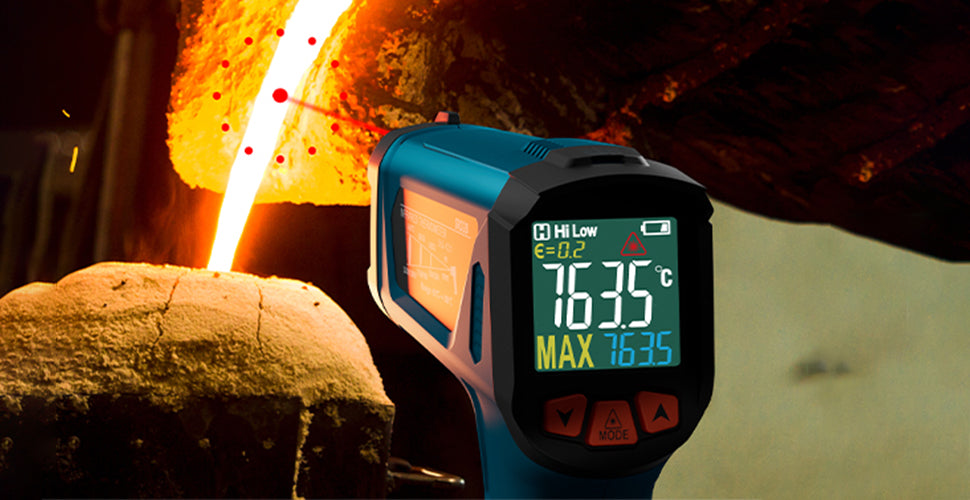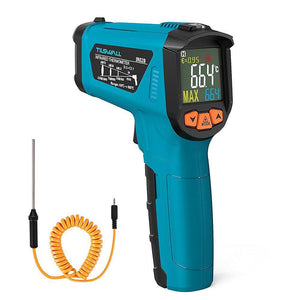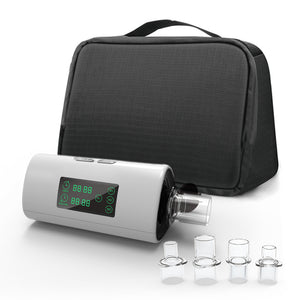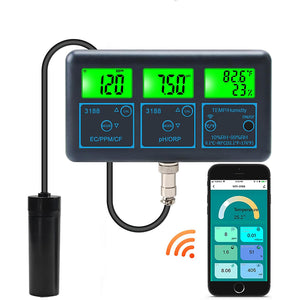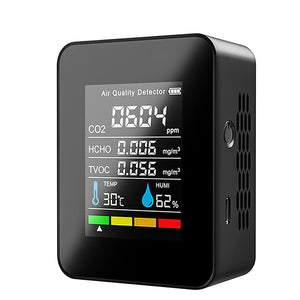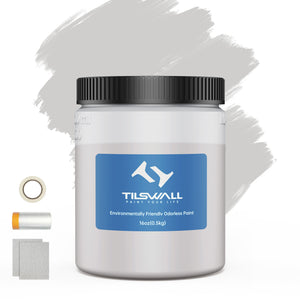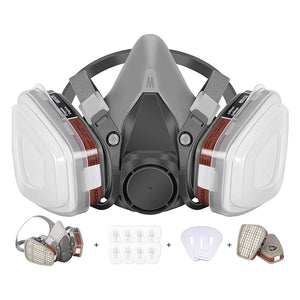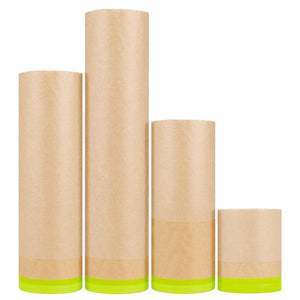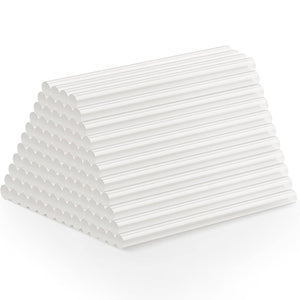Are you looking for a soldering station to own? It is a commonly used tool for electronic maintenance. Every electronic technician must have at least one soldering iron station in the toolbox. Soldering is a very simple and easy-to-do process. In this process, you combine two metal pieces and make them stick together. However, a soldering iron can be your best friend regarding delicate electronics projects.
The process is undoubtedly easy and fun, but choosing the right soldering iron is a different story. Before you use it for your daily jobs, you need to test it and determine its reliability. It also performs multiple works such as temperature control, designated workpiece holding, sound making, and much more.
It involves a high risk of potential damage to the station if you perform the wrong operation on this device. You obviously have to have enough basic and essential knowledge about things. Do you want to know how to test the soldering iron head for the station? Let's discuss some key points!
Types of Soldering Iron Tips
A variety of soldering iron tips can be used with a soldering station. The most common types include:
Chisel Tips
These are the most common type of tip and are great for general use. They come in various sizes and shapes, so you should have no trouble finding one that works well for your needs.
Flat-Tips
Flat tips work well when you need to solder objects with flat surfaces, such as PCB boards or wires. You can also use them to solder larger objects, but they aren't as effective as chisel tips.
Ball Tip
Ball tips are very similar to flat tips, except they have a ball-shaped end instead of a flat one. This allows them to apply more heat than other tips and makes them ideal for soldering large objects like power supplies or transformers.
Tall Ball Tip
Tall ball tips work the same way as standard ball tips do. Still, they're longer and narrower than regular versions. They can reach narrow spaces more easily without getting stuck on obstructions like wires or circuits inside machines or electronic devices.
Choosing the Right Soldering Tip
The tip of the soldering iron is what heats up and melts the solder wire. There are many different types of tips available, each with its unique purpose. Here are some tips to help you choose the right tip for your needs:
- Soldering Iron Tips for Jewelry Making
- Solder Iron Tips for Electronics Repair
- Solder Iron Tips for Crafts
Choose Tilswall Soldering Iron Station
It's not easy to choose the best soldering iron equipment, but we can guarantee the performance of the Tilswall soldering iron station. It makes your welding and heating job easier and smoother. Further, it controls an adjustable temperature range and works great. Tilswall is the best type to consider for different jobs, especially if you are soldering small electrical components or delicate wires. A smaller tip should be used.
Without any doubt, a larger tip may cause too much heat on these small objects and melt them before you even get them in place! It also comes with an insulated coating on the tip, so it doesn't damage any materials being joined together during the process.
Soldering is an important process in electronics, especially for repairing or building circuits. If your soldering iron station does not work properly, you may face many problems. So how do you choose the right soldering tip?
The right soldering iron tip is crucial to the success of your project. However, it would help if you chose a tip that is appropriate for the job you are trying to do and one that will allow you to get the best results.
What Should Be Checked Before Using a Soldering Iron?
Before using a soldering iron, you should check the following:
Is the Tip Clean?
If dirt is on it, you should clean it with rubbing alcohol or other cleaning agents. Remember, cleaning is a must when we use a soldering iron.
Is the Tip Straight?
After you clean the soldering iron, keep the tip straightened by bending gently into place with pliers. It helps to improve performance.
Is the Cord in Good Condition?
The most important thing is to keep the cord in good condition. If not, it may cause an electric shock when you accidentally touch it during use.
Power Supply
Check whether the power supply is connected properly and there is no electricity shortage. If there is any shortage, please change the fuse or contact your local power company for help.
Soldering Iron Head
Check whether there is any water in the head. If there is, clean it with a cloth or paper towel until dry. Then check whether it's hot enough by touching the tip of the soldering iron on metal surfaces such as aluminium foil or copper wire.
Things to Keep In Mind While Soldering
Soldering iron heads are consumables, so you'll need to replace them regularly. This also means you'll need to test your soldering iron head before installing it on the station.
Here are some things to keep in mind while testing:
Check the Power Cord
A broken or damaged power cord can cause problems with your soldering iron head. Check the cord carefully, especially at the connection points with the iron head, and make sure there are no loose or broken wires. If there's any damage to the cord, replace it right away. A bad cord can cause overheating, damaging your iron head even further!
Test the Heating Element
The heating element does all the work of melting solder and transferring heat to other parts of a circuit board or electronic device during soldering. To check this part of your iron head, test it using an ohmmeter or continuity tester.
Conclusion
Conclusively, this guide is helpful, and this article describes how to test the soldering iron, and we wish you good luck on your soldering gadget! Before a soldering iron can be operated and used, certain checks must be done. They should be ok to avoid any damage, fire hazard, and even electric shock.


